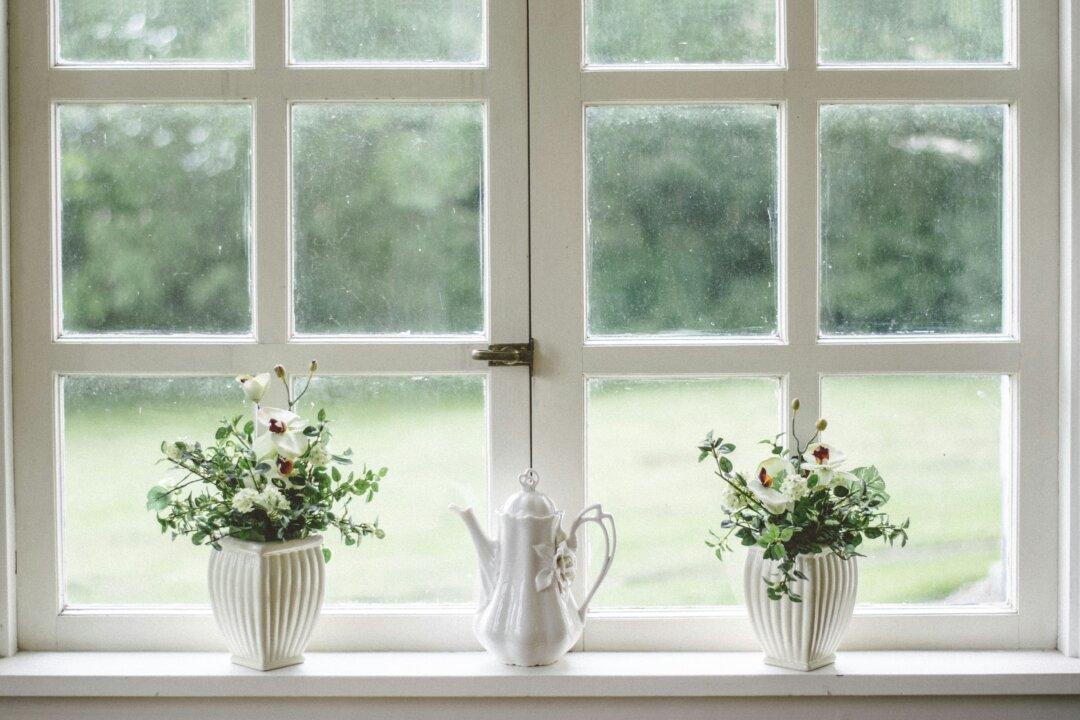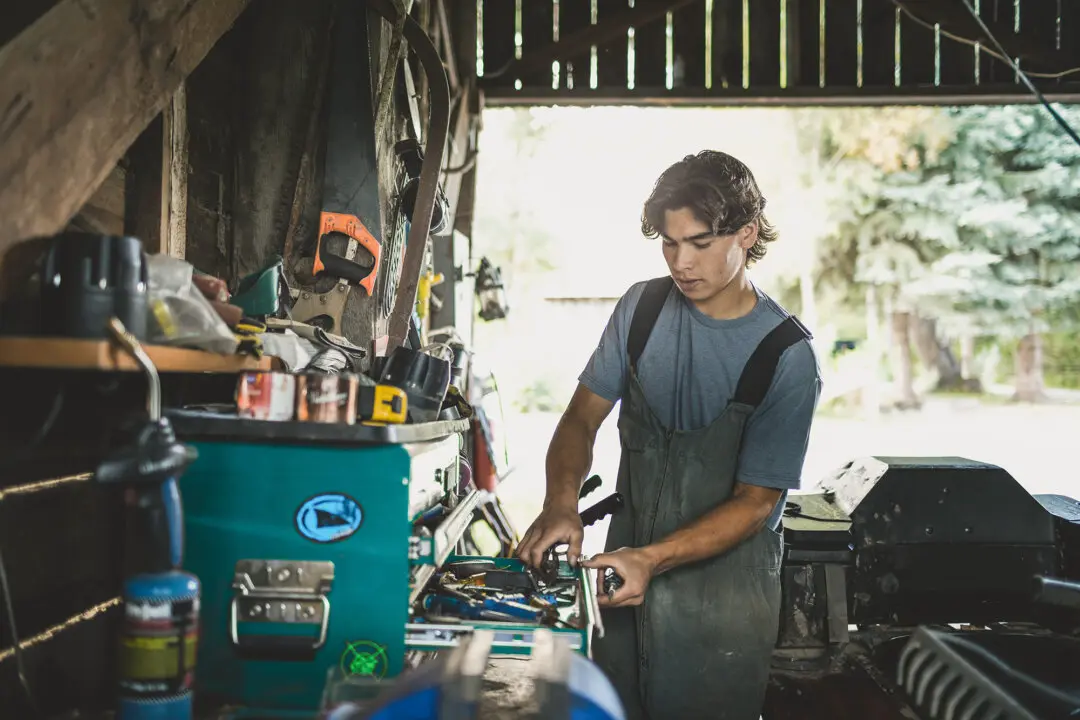The right windows have a huge effect on the aesthetics and comfort of a home, but they are also a major investment. The average lifespan of aluminum windows is up to 45 years, while fiberglass lasts up to 35 years, vinyl lasts up to 40 years, and wood averages 20 years or longer.
However, remember that these are averages; higher-quality products and proper maintenance can make them last much longer. The first rule of thumb when shopping for windows is to never sacrifice quality for a cheap price. That is a big mistake in the long run, as cheaper products will not have the security and energy efficiency of their better counterparts, nor will they have the durability, meaning that they’ll need either sooner replacement or more frequent repairs.





